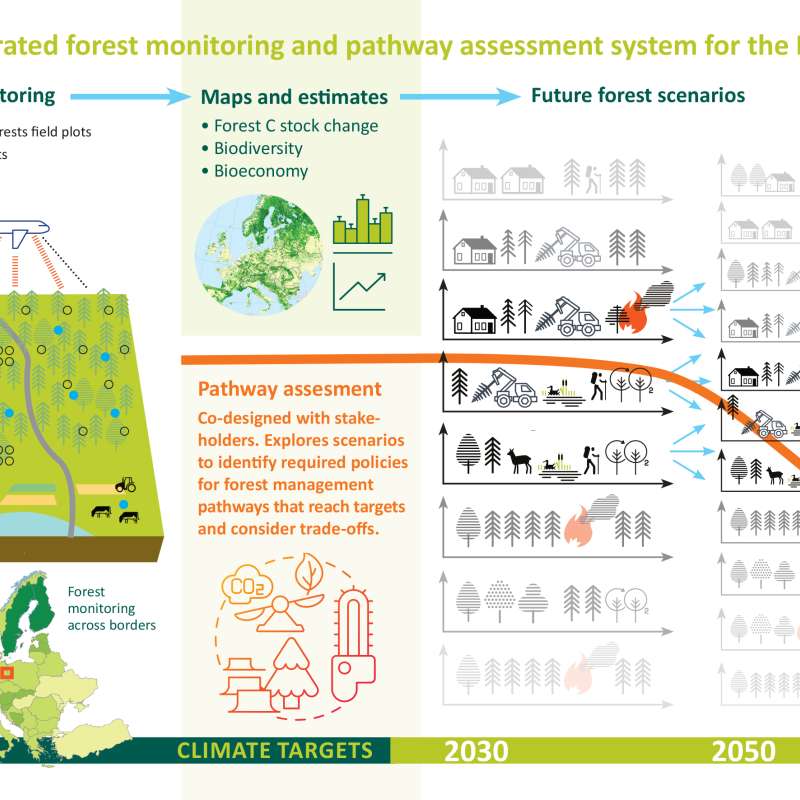Johannes Breidenbach
Avdelingsleder/forskningssjef
(+47) 974 77 985
johannes.breidenbach@nibio.no
Sted
Ås - Bygg H8
Besøksadresse
Høgskoleveien 8, 1433 Ås
Forfattere
Lennart Noordermeer Terje Gobakken Johannes Breidenbach Rune Eriksen Erik Næsset Hans Ole Ørka Ole Martin BollandsåsSammendrag
Det er ikke registrert sammendrag
Sammendrag
Den ekstensive overvåkingen av epifytter på bjørk ble påbegynt i 1992, da som en del av TOV programmet. Denne overvåkingen ble videreført i 2024. Dette var andre gang registreringen ble gjennomført etter at det ble foretatt et nytt utvalg av prøveflater før feltsesongen i 2019. Forekomst av utvalgte lavarter ble registrert for hver centimeter rundt omkretsen på totalt 312 trær. Registreringene ble gjort på høydene 120, 135 og 150 cm. Dekningsprosent for de utvalgte lavartene ble beregnet for alle sesonger og analyse av endring ble gjennomført for feltsesongene 2019 og 2024, der hvor utvalget var det samme. Resultatene viste en økning i dekningen av både bladlav og busklav, mens det for skorpelav ble observert en nedgang. Klimatiske endringer slik som lengre vekstsesong og høyere temperaturer, samt regionalt nitrogennedfall kan være viktige bidragsytere til endret dekningsprosent.
Forfattere
Daniel Moreno-Fernández Johannes Breidenbach Isabel Cañellas Gherardo Chirici Giovanni D’amico Marco Ferretti Francesca Giannetti Stefano Puliti Sebastian Schnell Ross Shackleton Mitja Skudnik Iciar AlberdiSammendrag
Det er ikke registrert sammendrag


